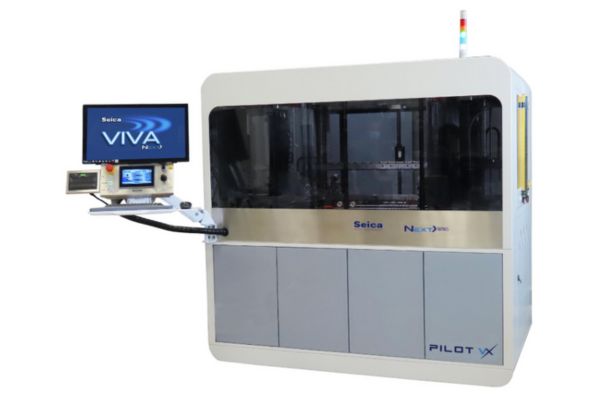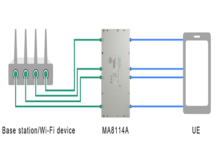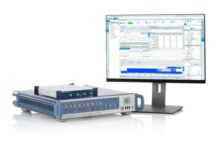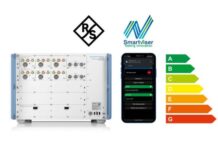The widespread use of electronics, now used on a large scale in every type of product, presents significant challenges for electronic board manufacturers, in terms of process technology, materials, rapid product changes, and variability of the lots to be produced, just to give a few examples. As a result, they also face the same challenges in the testing phase of the boards produced. Often there is a need to test densely populated boards on both sides, with limited access to test points (or even no test points), with components to be programmed and also particular ones, such as LEDs, which require both electrical and functional optical testing. Thanks to significant technological developments, the most advanced flying probers have achieved incredible mechanical performance and, in combination with their extensive range of test and measurement resources, they are able to provide a test solution to overcome these challenges, achieving 100% coverage. Considering the hardware and software levels reached nowadays, the flying probe testing technology should be seen holistically, where the performance of the whole is greater than the sum of the individual components. Flexibility, excellent coverage, and test speed are three excellent reasons to shift to this testing philosophy, making it a strategic corporate investment with extremely profitable economic-productive implications. In addition, flying probe testing has the enormous advantage of not requiring fixtures, which means not having to prepare (and pay for) extra tooling nor storage space: a series of costs and problems saved.
The technological developments
The ability to perform the complete test of both sides of the board simultaneously has virtually become an indispensable requirement, and flexibility is characterized primarily by having an adequate number of test probes to support the numerous functions that the system is equipped with, evenly distributed on both sides of the board (top and bottom), which is increasingly often positioned vertically. The vertical positioning of the board has numerous advantages, including intrinsically augmented stability during testing, and it allows the optimization of the physical architecture of the system to achieve a space-saving smaller footprint. The integration of the measurement instruments directly on each test head enables fast test execution, elimination of electrical noise and increased measurement precision and general performance, and the inclusion of the most advanced performances means that, in addition to traditional In-Circuit tests, power-on functional tests, Boundary Scan and the on-board programming of components can also be performed.
Test speed is as fundamental as the previous characteristics, and it could not be otherwise, because a slow test constitutes a bottleneck on the line, lowering productivity. In the case of flying probe testing, speed should not only be considered in regards to the execution of the test, but also from a “logistical” point of view. The flying probe tester does not require additional tooling and is test programs can be generated quickly, simply importing CAD data. If in the past these testers were mostly oriented towards prototyping, today they fully belong to the world of industrial production of medium and even high volumes, not only for their high performance in terms of testing speed (as already mentioned), but also by virtue of a new concept of test: distributed test.
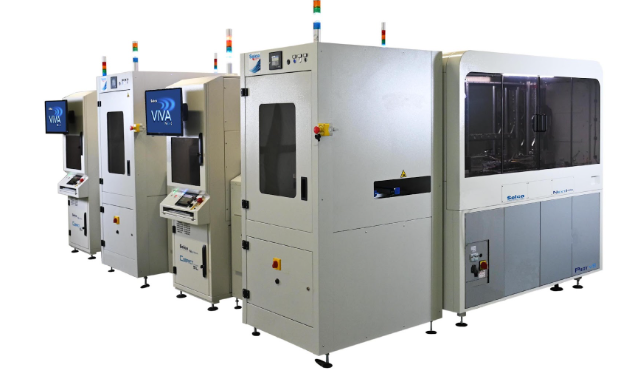
The concept of distributed test, applied to the flying probe solution, is based on the integration of multiple systems in a line, usually automated, each dedicated to performing a part of the application required by the test specifications of the product under test. The modular approach simplifies specialization of each system based on the type of test to be performed for a specific product, and enables the optimization of test process times and the reduction of costs: in most cases the time and tooling necessary for product code changeovers are practically reduced to zero. It is not difficult to understand how all this contributes to speeding up the time-to-market while helping to achieve immediate results, both in prototype testing and in production. All this makes it a strategic tool for producing profits and, last but not least, for a rapid return on investment.
Functional test is an integral part of the process and it requires powering the board. The latest generation of flying probes can bring power directly to the board, and dedicated software commands allow switching between the measurement (or stimulus) state and the supplying of a programmed current value. Today, electronic boards also often include Boundary scan components: the cutting-edge flying probers offer the possibility to specialize one of the flying probes with a multi-channel tool that extends its probing capacity, without adding external cables. From here, the integration of on-board programming capacity is a short step up.
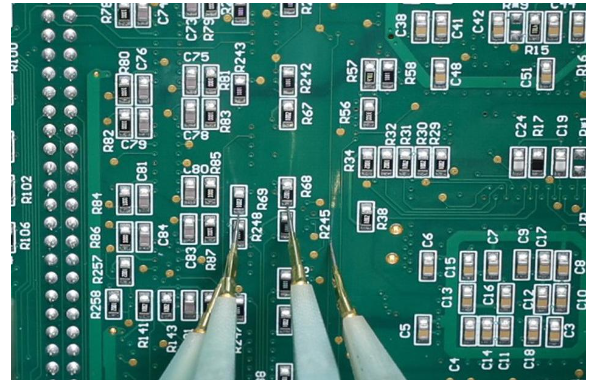
The platform of a modern flying probe system also includes the possibility to perform various types of tests of LEDs mounted on the board, including RGB, saturation and intensity, with the addition of specialized sensors and LED spectrometers which are the most commonly used tools for this type of testing.
The performances that guarantee the precision of probe positioning have become increasingly important, given the growing miniaturization of the circuits to be tested. A fundamental feature included in modern flying probers, to increase the contact precision of the probes, is a laser-based tool used to measure board warpage in order to calculate the consequent compensation of the Z axis positioning. This tool is also used to measure the height of the components on the board under test, an essential data to optimize the test paths, as well as to verify the presence/absence of components.
Real-time control of the pressure exerted by the probes on the test points is essential to avoid damage to the board and components, and the most advanced flying probe systems have the ability to detect the contact pressure of the probe, collecting, for each test point, the force applied during the test. The data allows the generation of topographic maps showing the pressure exerted on the test points of the board under test, providing an additional element of traceability of the quality of the process. This is particularly important when dealing with delicate ceramic boards and wafers, as well as PCBAs for avionics and satellite applications, where contact control and traceability are a must.
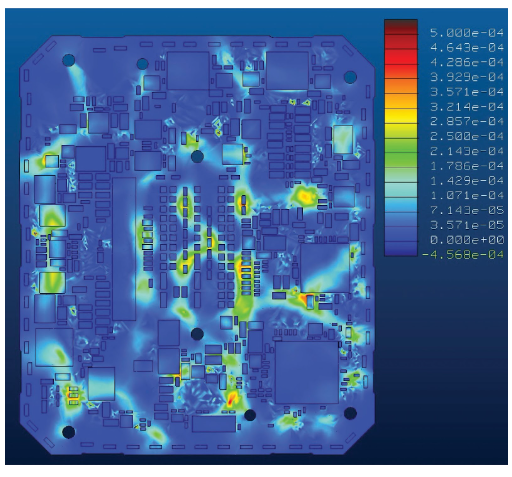
The power of software
Once a project has been validated, the software of a modern flying probe system using the resources of the software platform and the CAD data from the design to automatically generate a complete test program. In order to minimize the setup times for prototype, pre-series, and production tests this process is streamlined to be fast and easy, and the optimized management of the software allows the parallelization of different types of tests, saving precious operational time. It can also include a smart analysis functionality that, using a set of algorithms based on the principles of artificial intelligence, further optimizes the test flow during execution, while keeping coverage objectives unchanged.
Full compatibility with the smart factory is now an essential requirement, and the software platform of an advanced flying probe system is able to provide smart integration with all aspects of the customer’s production processes (data collection, traceability, interaction with MES, repair operations). The platform can also include on-board machine industrial management solutions for remote monitoring of current and voltage consumption, for checking the status of the power network and temperature level, for the status of the light indicators and all those parameters useful to indicate the correct functioning of the test and to provide (always in real time) information related to predictive maintenance.
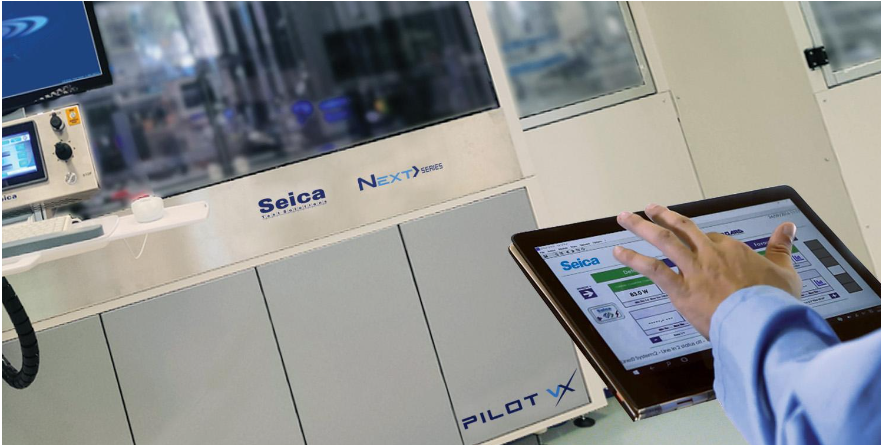
The solution at hand
Pilot VX is a flexible and configurable test system, with a set of technologically advanced tools and features, capable of providing the test solutions required by the enormous diversity that characterizes today’s electronics. It has become fundamental in many production environments regardless of the volumes and complexity of the boards, because it is an extraordinarily powerful resource, usable in every phase of the product life cycle, from design to prototyping to production and to repair. Its ability to provide immediate and extremely precise access to all test points, combined with a vast suite of hardware and software measurement tools, allows the testing and validation of prototypes and pre-series quickly and with minimal technical and economic effort, without requiring operators with in-depth and specific training on how to generate and execute test programs. For this reason and for those mentioned above, PILOT VX by SEICA has established itself as a new benchmark in terms of speed and performance, a fully automated test solution that responds to the fundamental concerns of electronic board manufacturers who want to optimize their investments.


